Inflation reading shows 3.32%, gathers pace
Increases for fourth successive month, growth in line with projections of policymakers
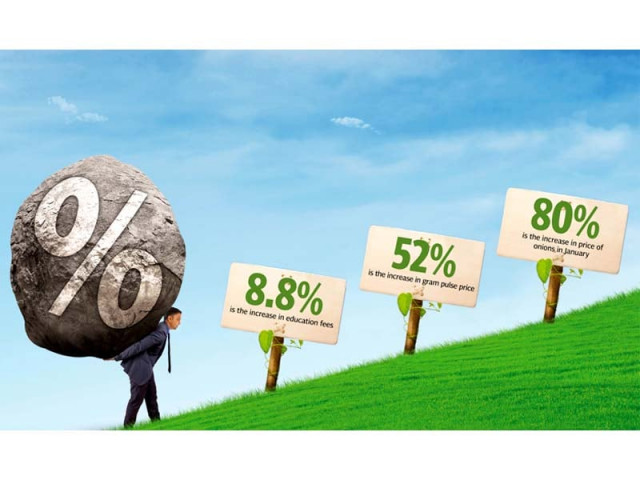
Increases for fourth successive month, growth in line with projections of policymakers. DESIGN: ASAD SALEEM
The key inflation indicator increased for the fourth consecutive month, clocking in at 3.3% last month, which is in line with expectations of policymakers.
Inflation measured by the Consumer Price Index (CPI) - the indicator that captures prices of 481 commodities every month in urban centres - rose to 3.32% in January on a year-on-year basis, said the national data-collecting agency on Monday.
Inflation dips to 12-year low of 1.3% in September
The Pakistan Bureau of Statistics (PBS) announced the results one working day after the Monetary Policy Committee (MPC) of the State Bank of Pakistan (SBP) kept the policy rate unchanged at 6% on expectations of a benign inflationary environment. It was the fourth consecutive month when CPI-based inflation rose after slipping to over a thirteen-year low level. The pick in pace of inflation was in line with the projections made by SBP and the International Monetary Fund.
The central bank stated that inflation’s trend has reversed but was not heading towards a dangerous zone.
SBP’s prediction
It had stated that keeping in view with the benign outlook of global commodity prices, expectation of a moderate pickup in domestic demand and further ease in supply side constraints, the SBP expects average inflation in the current fiscal year 2015-16 would remain in the range of 3 to 4%.
It said that global oil price trends and excess domestic food stocks of wheat, rice, and sugar may exert downward pressures on inflation.
The average CPI-based inflation rate in July-January period also slightly picked to 2.3%, said the PBS. It will not affect the overall inflation target of 6%, as reinforced in the latest monetary policy statement.
Non-food non-energy inflation, commonly known as core inflation, further increased to 4.3% in January over the same month of the previous year, according to the PBS.
Core inflation had been recorded at 3.4% in October and after that it has been gradually ticking up, indicating that underlying inflationary pressure has started to build up.
The main reason behind the surge in inflation was the government’s decision to increase regulatory duty rates on 350 items besides imposing additional 1% customs duty on imported items.
However, due to overall slump in commodity prices inflation would remain within reasonable limits and below the official target of 6%.
Inflation and food items
According to the PBS, prices of food and non-alcoholic beverage group increased to 1.7% in January over a year ago. Despite having bulk stock, sugar prices went up 11% in January over a year ago, courtesy the government’s decision to allow exports by paying subsidies from the kitty.
The food group has over one-third weight in CPI basket and any change in prices trends has an effect on overall prices.
However, perishable food items prices decelerated 2.2% year-on-year basis in January, according to the PBS.
Onion prices jumped over 80% in January, followed by 52% increase in gram pulse. There was also an upward trend in prices of garments, tailoring and education. Education fees increased 8.8%, gas prices 9.9% and construction wages went up 8.6%, according to the PBS.
Monetary policy: SBP maintains benchmark interest rate at 6%
Contrary to upward adjustment in CPI-based inflation, the Wholesale Price Index (WPI) remained negative. The WPI-based rate of inflation contracted 2% in July-January period over the same time of the previous year, said the PBS.
Published in The Express Tribune, February 2nd, 2016.
Like Business on Facebook, follow @TribuneBiz on Twitter to stay informed and join in the conversation.





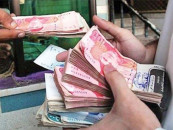



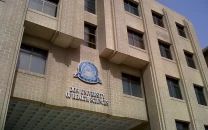


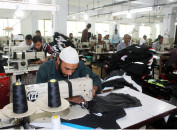
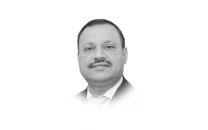





COMMENTS
Comments are moderated and generally will be posted if they are on-topic and not abusive.
For more information, please see our Comments FAQ